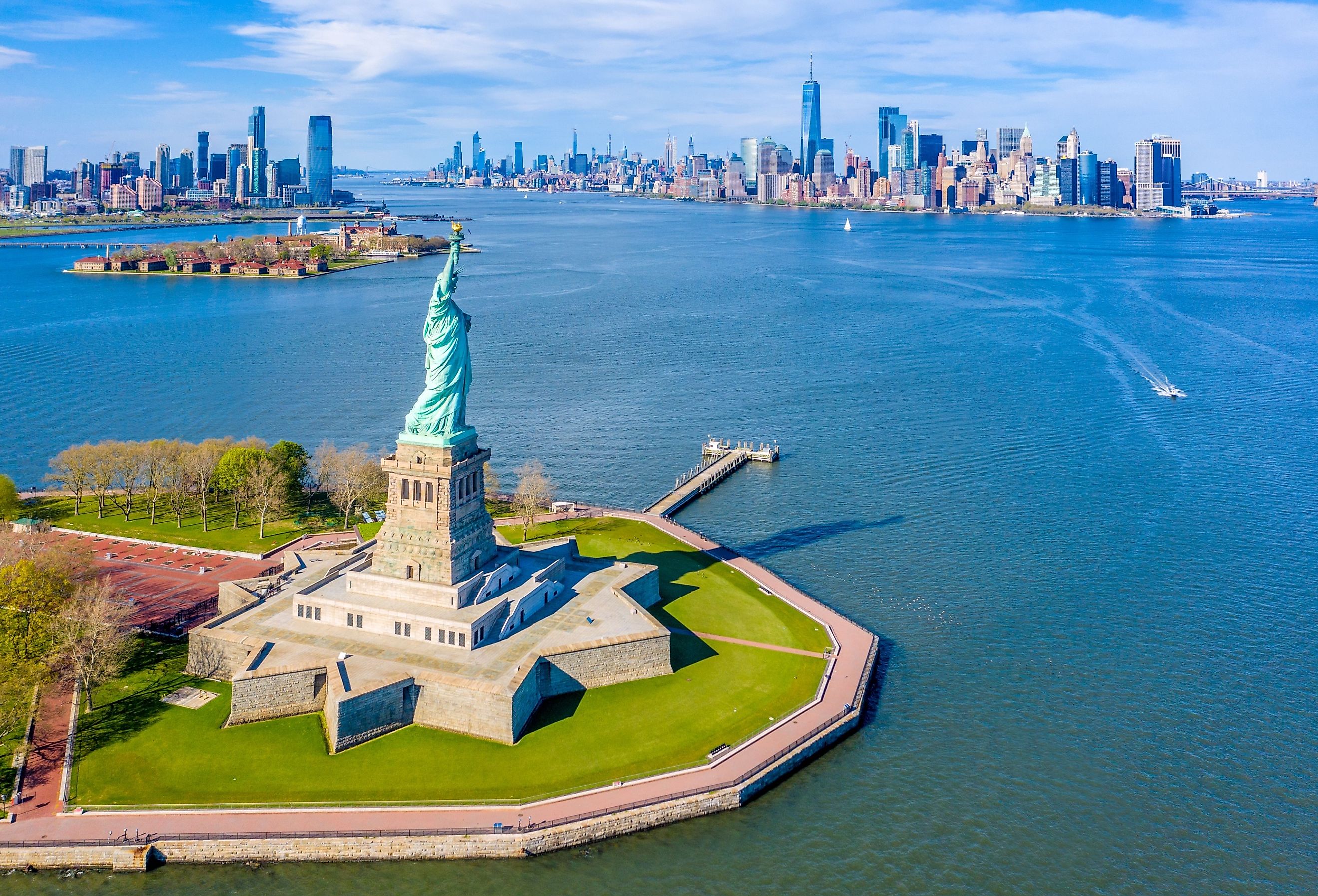
10 Most Tourist-Loved Attractions In New Jersey
New Jersey is often recognized for its dense population and proximity to major urban centers. However, it is also a state rich in natural, historical, and cultural treasures. From the preserved wilderness of the Pine Barrens to historic landmarks like Morristown National Historical Park, the state has a wide range of attractions that appeal to nature enthusiasts, history buffs, and curious travelers alike. Whether exploring industrial heritage at the Historic Village at Allaire or learning about America’s military past aboard the USS New Jersey, these ten attractions are the most loved in the state.
Liberty State Park
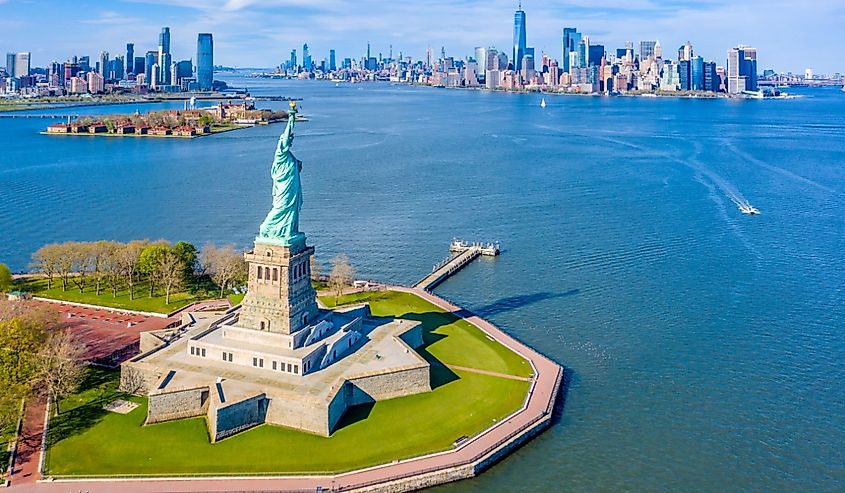
Liberty State Park is an expansive waterfront area with direct views of New York Harbor, the Statue of Liberty, and Ellis Island. Opened in 1976 as part of the nation’s bicentennial celebrations, the park covers over 1,200 acres of land, much of which was reclaimed from abandoned rail yards and industrial sites.
Visitors can walk the park's many pathways, visit the historic Central Railroad of New Jersey Terminal, or take a ferry to nearby Ellis Island and the Statue of Liberty. The park also plays an important role in the annual 9/11 Memorial Ceremony at the Empty Sky Memorial, a tribute to New Jersey’s victims of the attacks. The park is also home to the Liberty Science Center, an educational facility with interactive exhibits focused on science, technology, and the environment.
Cape May

Cape May is widely known for its historic significance and status as one of the nation's oldest seaside resorts. It was developed as a vacation destination in the early 19th century, and much of its Victorian architecture remains intact. The town’s designation as a National Historic Landmark in 1976 recognizes its architectural and cultural contributions to American history.
Be sure to tour the Emlen Physick Estate, a restored 19th-century mansion that gives insight into the lifestyle of the era's elite. Alternatively, check out the Cape May Lighthouse, which has guided ships safely around the treacherous waters of the New Jersey coast since 1859. Cape May’s location along the Atlantic coast has also shaped its natural environment. Birdwatching is a popular activity, with Cape May recognized as one of the best birding locations in North America, especially during seasonal migrations.
Princeton University
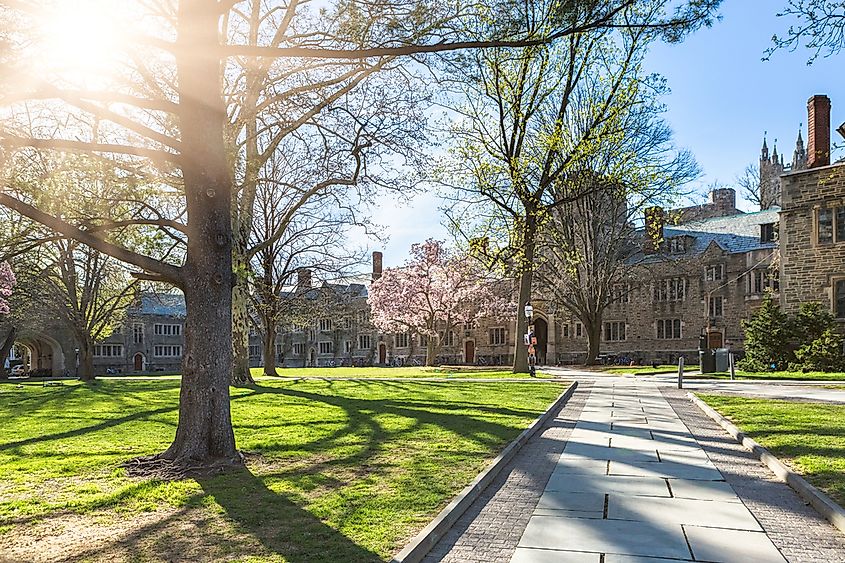
Princeton University has a long-standing reputation as one of the top educational institutions in the world. The campus is home to historic buildings such as Nassau Hall, which served as the nation's capital for a brief period during the Revolutionary War. The Princeton University Art Museum, which houses a collection of over 92,000 works spanning various cultures and time periods, is another important resource on campus.
Just outside the university lies Princeton Battlefield State Park, a preserved site where one of the most significant battles of the Revolutionary War took place in 1777. The Battle of Princeton marked a turning point in the war. General George Washington's victory over British forces boosted the morale of the Continental Army. The Clarke House Museum is located on-site, and it was used as a field hospital during the battle. The site is a powerful reminder of the region's role in shaping the outcome of the American Revolution.
Delaware Water Gap National Recreation Area

The Delaware Water Gap National Recreation Area covers over 70,000 acres of protected land. The area is centered around a distinctive natural feature, where the Delaware River cuts through a ridge of the Appalachian Mountains, creating a water gap. People are drawn to the region for outdoor activities such as hiking along the Appalachian Trail, canoeing or kayaking on the Delaware River, and exploring the area’s diverse ecosystems, which include forests, wetlands, and waterfalls.
In addition to its natural features, the Delaware Water Gap has a cultural history. Sites like Millbrook Village, a reconstructed 19th-century settlement, look at the lives of early settlers in the region. Meanwhile, historical landmarks like the Van Campen Inn, a 1700s-era structure, delve into the colonial period.
Thomas Edison National Historical Park
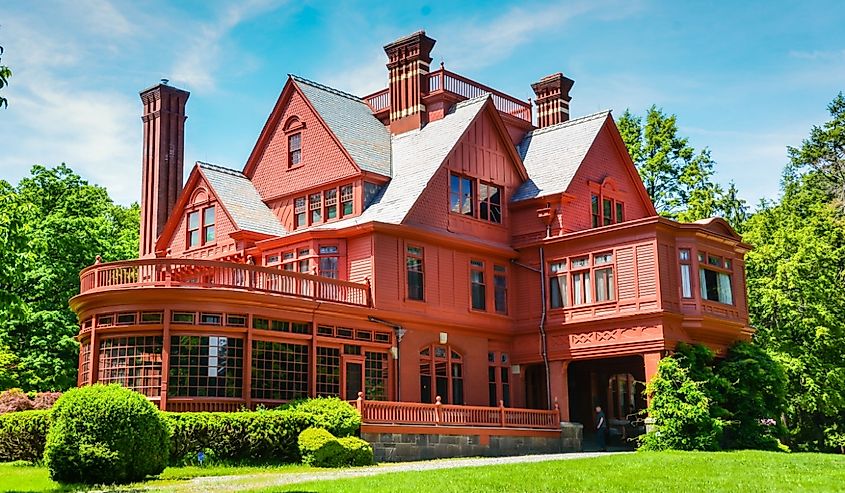
Thomas Edison National Historical Park preserves the home and laboratory of one of the most prolific inventors in American history. Edison's research and development at this site led to numerous innovations that transformed modern life, including the phonograph, the incandescent light bulb, and motion picture technology.
You can't miss Edison's extensive laboratory complex, which includes his machine shops, library, and chemical labs, where much of his experimental work was conducted. The preserved workshop is a rare opportunity to see the actual environment where Edison and his team made groundbreaking advances in technology. The park also includes Glenmont, Edison's home. Glenmont reveals Edison's personal life and the late 19th-century domestic setting of a prominent American family.
Battleship New Jersey
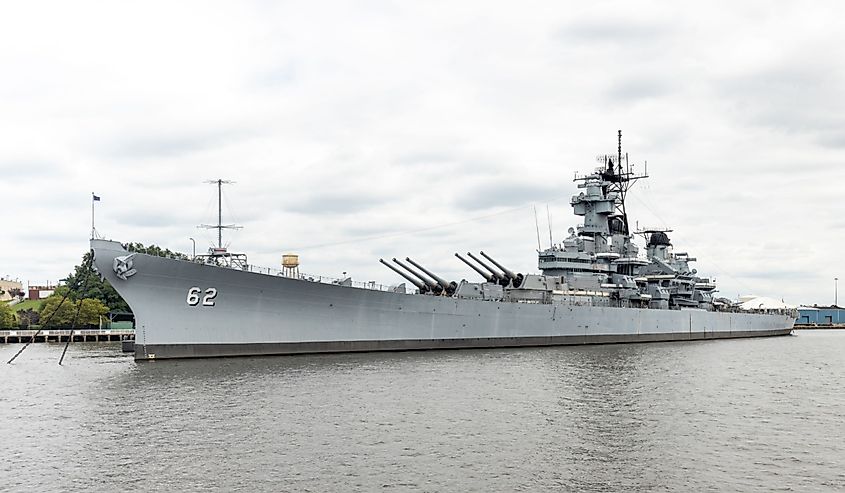
The USS New Jersey, docked along the Camden waterfront, is the most decorated battleship in U.S. history. Commissioned in 1943 during World War II, the ship also saw action in the Korean and Vietnam Wars, as well as serving during the Lebanese Civil War in the 1980s.
Today, the ship operates as a floating museum. Tourists can walk through its deck, command center, and living quarters. One of the highlights of visiting the battleship is the ability to see many areas that are typically off-limits in similar museums. Visitors can tour the engine room, view the massive gun turrets, and even sit in the Admiral’s chair.
The Pine Barrens
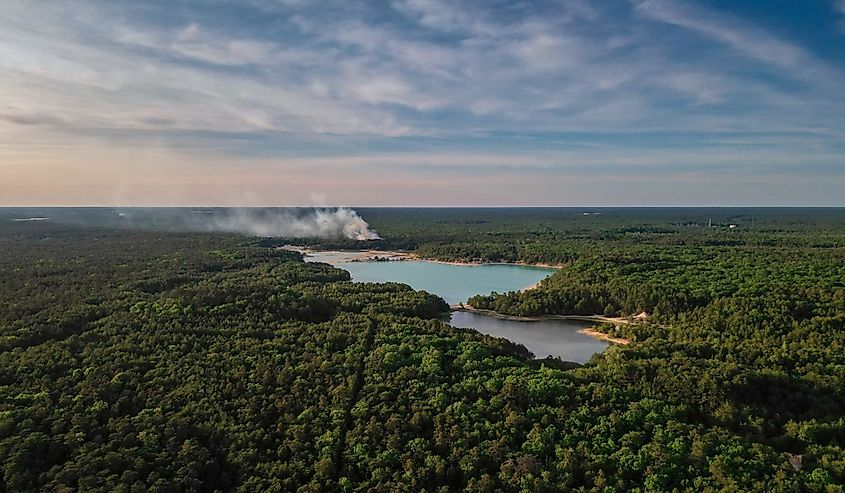
The Pine Barrens, covering over a million acres in southern New Jersey, is one of the most ecologically unique regions in the state. This protected wilderness area is known for its sandy soils, vast forests, and diverse habitats, which include wetlands, cedar swamps, and streams. The region is home to rare plant and animal species, and its status as a UNESCO Biosphere Reserve highlights its environmental importance.
Culturally, the Pine Barrens holds a special place in local folklore, particularly with the legend of the Jersey Devil, a mythical creature said to inhabit the dense forest. The area’s history also includes early European settlements and a once-thriving iron industry. Visitors can discover remnants of these early industrial operations at sites like Batsto Village. The area also is for outdoor activities, such as hiking, birdwatching, and canoeing along the region's waterways.
Morristown National Historical Park
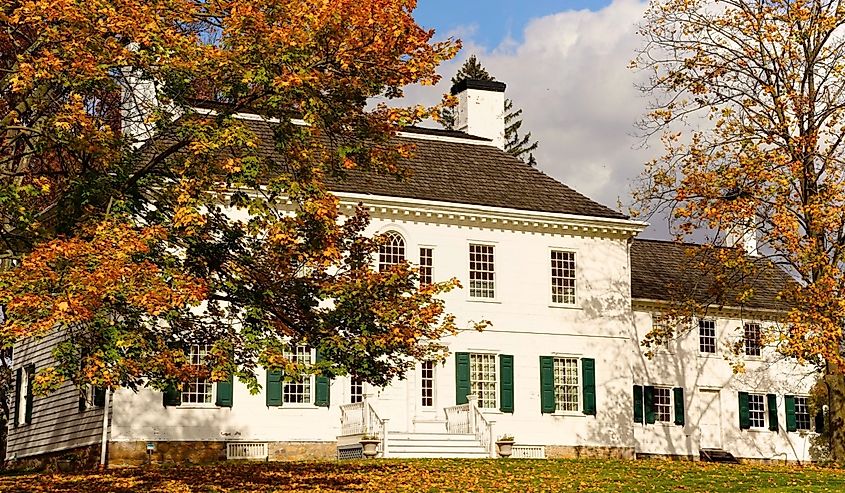
Morristown National Historical Park preserves key sites from the American Revolution, including George Washington's winter headquarters at the Ford Mansion. The site marks the location where Washington and his troops endured the harsh winter of 1779-1780. The Ford Mansion, a colonial-era home that served as Washington's command post, is open for tours and features original artifacts from the period.
Beyond its historical significance, the park is also home to various hiking trails that wind through the surrounding areas, which Washington’s soldiers once used. Reenactments and educational programs further immerse visitors in the history of the American Revolution, making Morristown National Historical Park a vital resource for those interested in colonial and military history.
High Point State Park

High Point State Park is a place of the state's highest elevation, reaching 1,803 feet above sea level. The park has a mix of recreational and natural experiences, with miles of hiking trails, lakes for swimming and fishing, and expansive forests.
The park's focal point is the High Point Monument, a granite obelisk built in 1930 to honor New Jersey’s war veterans. From the monument’s summit, visitors get panoramic views of the Pocono Mountains, Catskills, and farmlands of three states: New Jersey, New York, and Pennsylvania. In addition, High Point State Park is a destination for year-round outdoor activities, including skiing and snowshoeing in the winter.
The Historic Village at Allaire
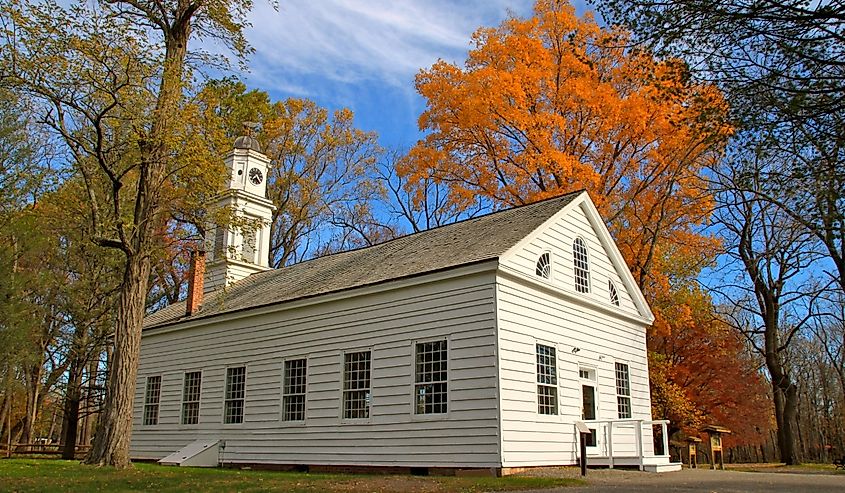
The Historic Village at Allaire is a restored 19th-century iron-making town. The village was once the site of the Howell Iron Works Company, a prominent iron producer in the early 1800s. Today, the village has been preserved as a living history museum, where visitors can see original buildings such as the blacksmith shop, general store, and worker's homes.
The site has guided tours and interactive exhibits that demonstrate the daily life and labor of those who worked and lived in the village during its peak. In addition to the industrial history of the region, visitors can witness period craft demonstrations and participate in special events that bring to life the skills and traditions of the 19th century.
From its highest point at High Point State Park to the sandy pine forests of the Pine Barrens, New Jersey is a state of contrasting landscapes and historical narratives. Each site, whether natural or man-made, uniquely contributes to the state's identity. For those seeking a deeper connection to nature, history, and innovation, each of these ten tourist attractions offers more than just picturesque views—they provide educational experiences grounded in the state's multifaceted legacy.











